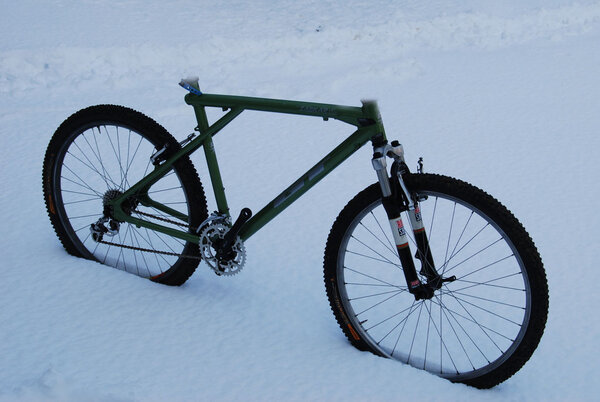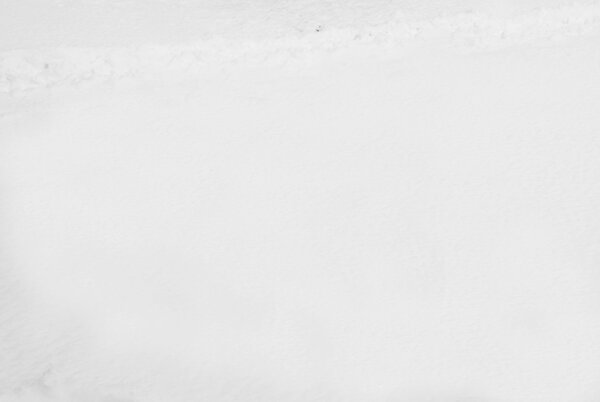- Feedback
- View
You are using an out of date browser. It may not display this or other websites correctly.
You should upgrade or use an alternative browser.
You should upgrade or use an alternative browser.
question for the photographers?
- Thread starter daj
- Start date
Andy R":wlzo3if8 said:Meter off the snow and add 2 stops for a starting point. Check the histogram and take the exposure as far to the right as possible without "blowing" the snow.
andy is spot on there.
I took my slr out for a bit of fun in the snow the other day for the first time. I only do manual exposure now (adds to the fun) and i must admit it was tricky but the great thing about digital is you can take a few and adjust from there.
daj - if you look in the manual that came with the camera, it'll talk to you about exposure compensation. This means when you take a show in automatic, it'll shift its exposure one way or another, and either underexpose or overexpose on your say so.
With the snow you need to overexpose from what the meter thinks.
The thing that confuses most people is that they see a predominantly white object and think "this must need less exposure" or a very dark object and think "this needs more exposure" but actually, if you want to render these two scenes as they actually appear the reverse is true.
The meter in your camera attempts to render any brightness level as 18% (as a simplification, look at this as a mean brightness level of a typical scene). Therefore if your subject is significantly brighter than this (like snow) you need additional exposure to render it as white, not grey - "the black cat in the coal cellar" needs less, as otherwise it will be a grey cat among grey coal.
In difficult conditions, an accurate way is to spot meter off an 18% grey card (in the same light as your subject) or use incident metering (where you meter the light falling on the subject - which is the same regardless of the reflectance of that subject).
In this digital age however it's easy to take a test shot and then adjust the exposure based on that. Generally speaking, give as much exposure as you are able without "blowing" (losing detail and texture) the highlights. This is where the "histogram" info is invaluable. Expose as far to the right as possible but without clipping the end off the graph.
The meter in your camera attempts to render any brightness level as 18% (as a simplification, look at this as a mean brightness level of a typical scene). Therefore if your subject is significantly brighter than this (like snow) you need additional exposure to render it as white, not grey - "the black cat in the coal cellar" needs less, as otherwise it will be a grey cat among grey coal.
In difficult conditions, an accurate way is to spot meter off an 18% grey card (in the same light as your subject) or use incident metering (where you meter the light falling on the subject - which is the same regardless of the reflectance of that subject).
In this digital age however it's easy to take a test shot and then adjust the exposure based on that. Generally speaking, give as much exposure as you are able without "blowing" (losing detail and texture) the highlights. This is where the "histogram" info is invaluable. Expose as far to the right as possible but without clipping the end off the graph.
The real problem is all those triangles reflect and disperse light away, much like a diamond.
:shock: :shock:
You will all see the light one day !!!
Similar threads
- Replies
- 1
- Views
- 303
- Replies
- 9
- Views
- 825

